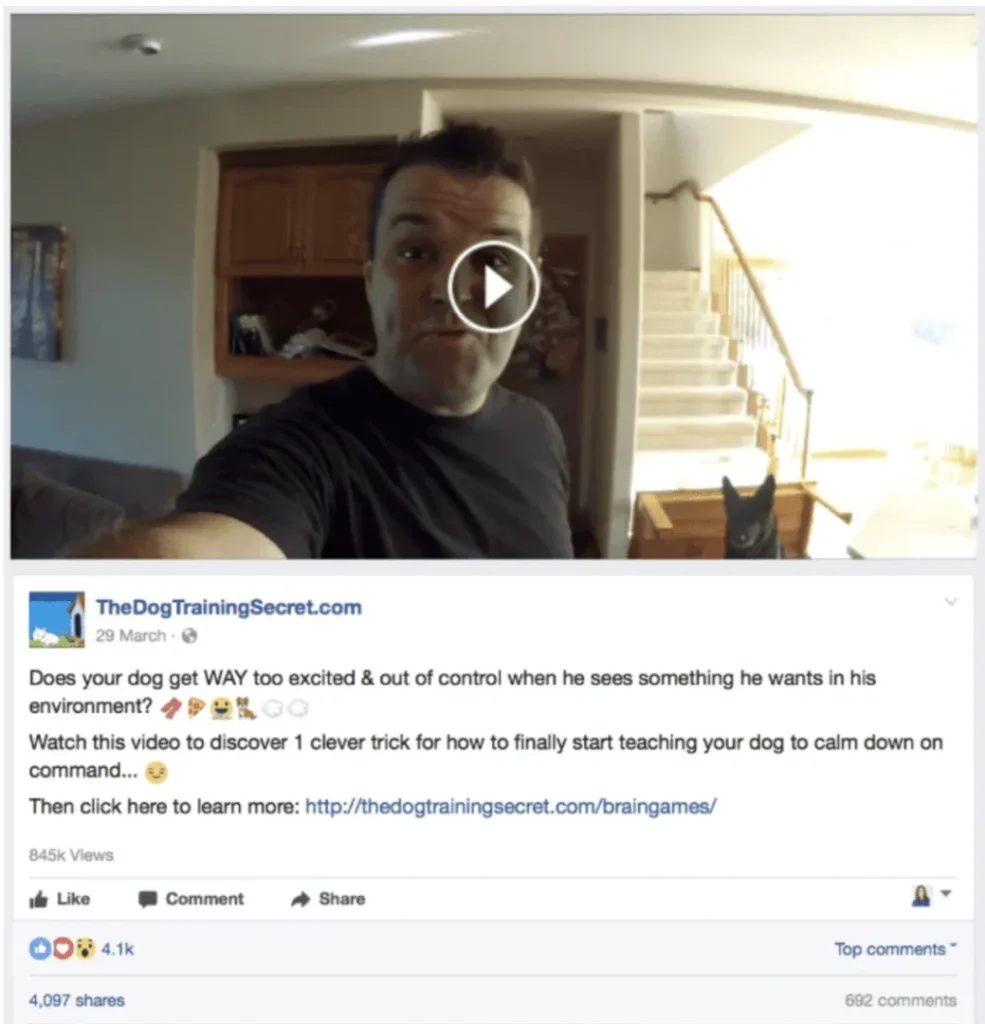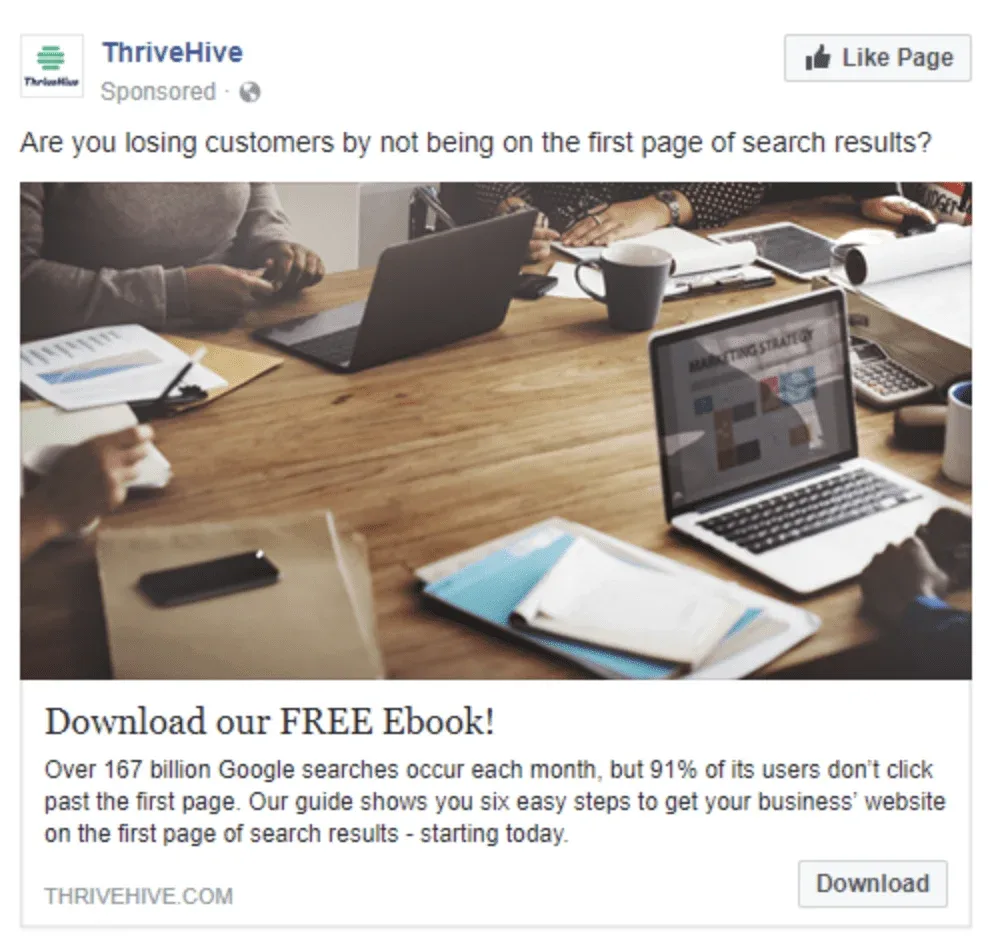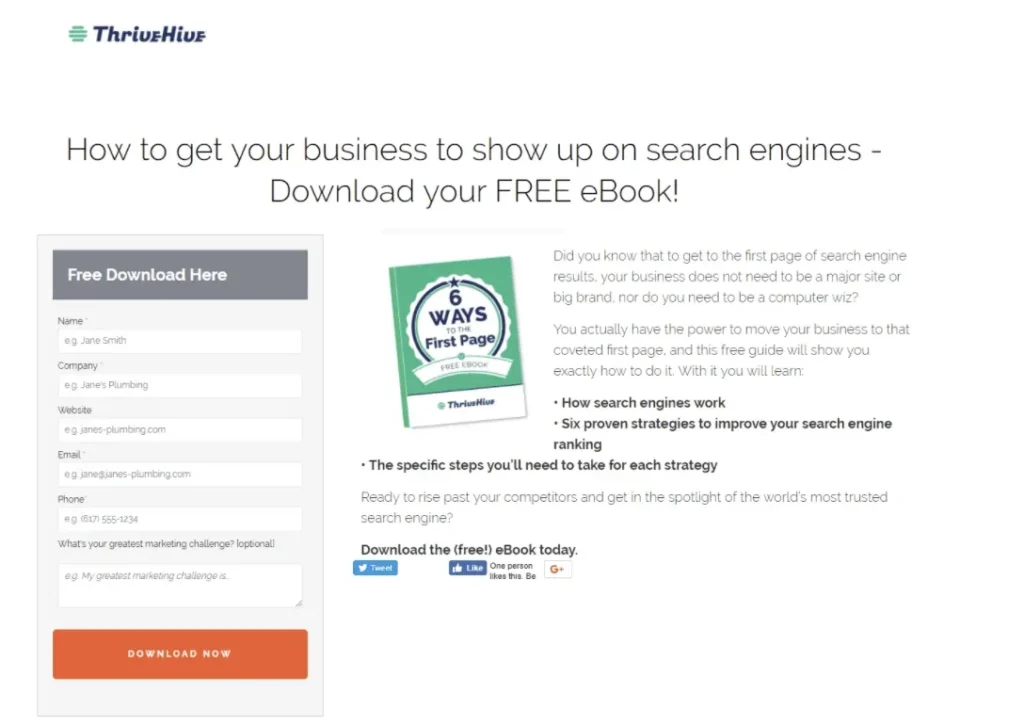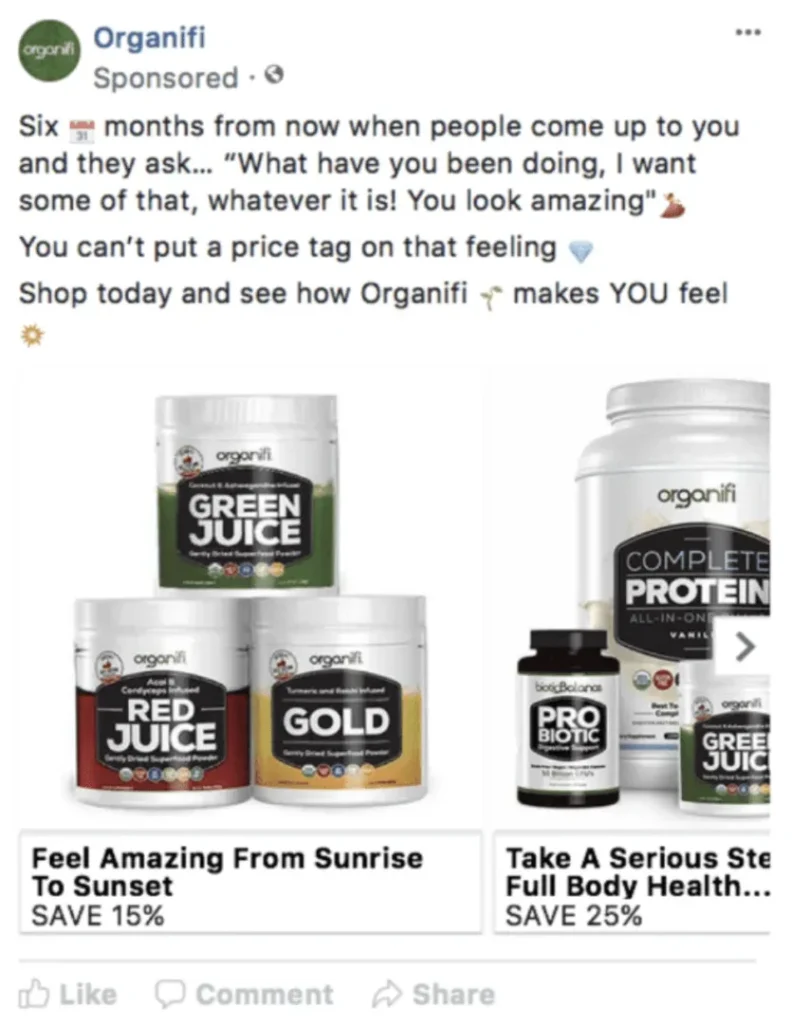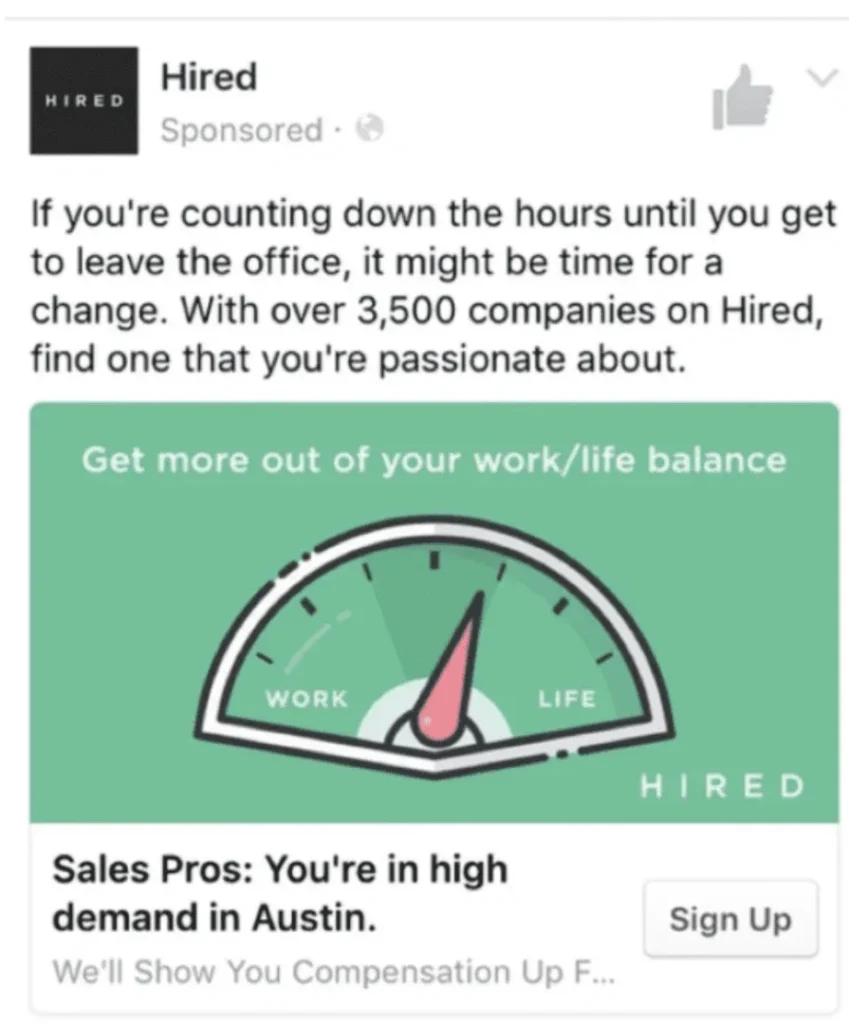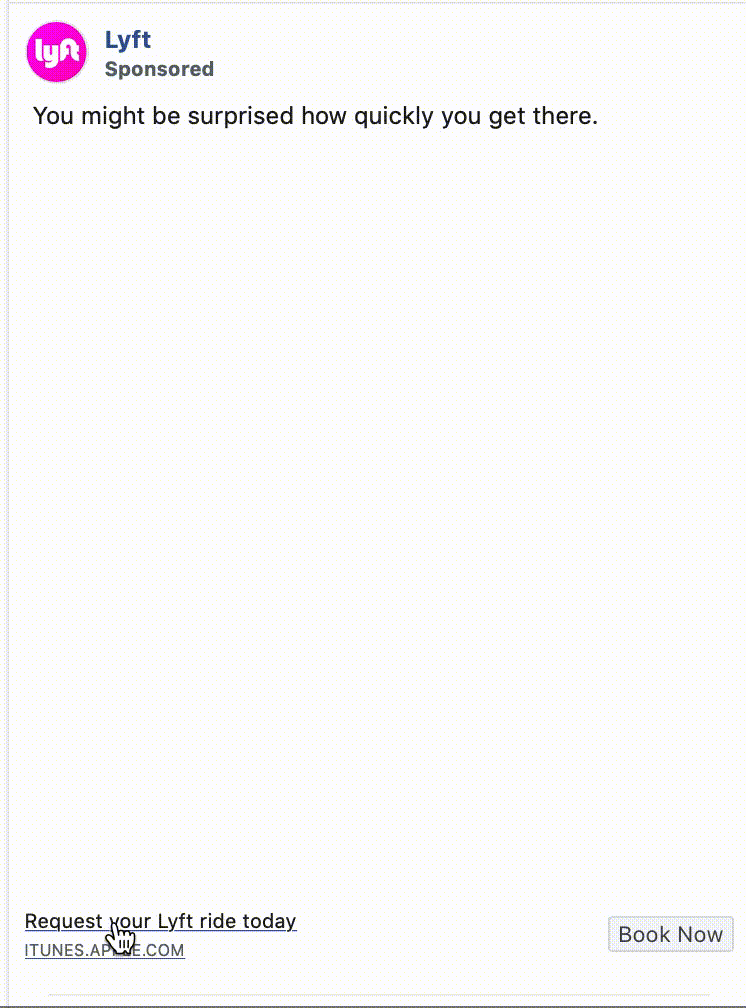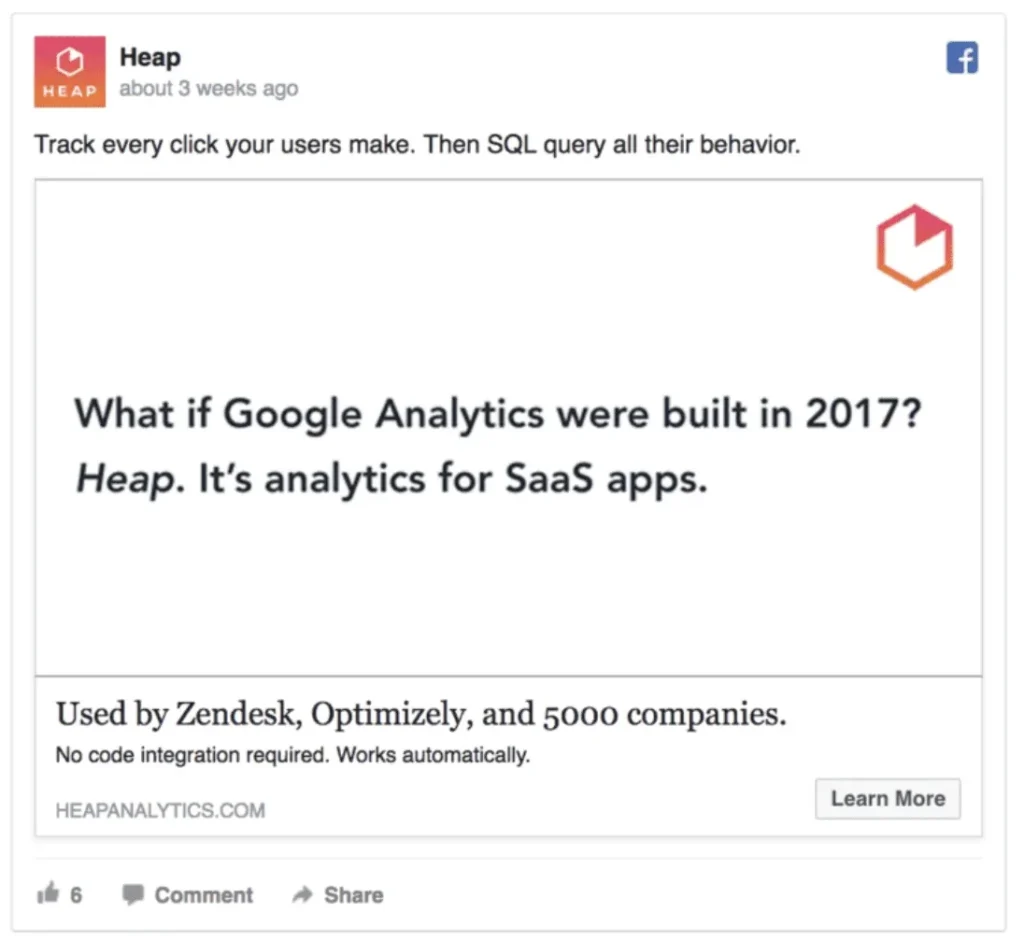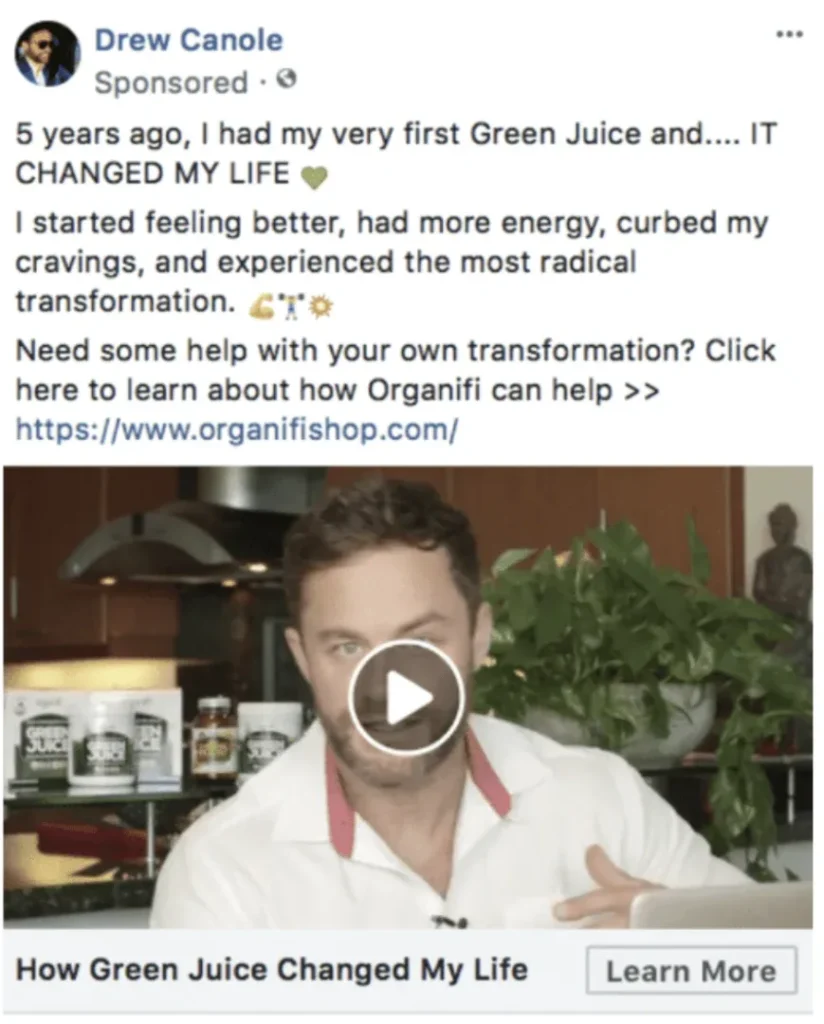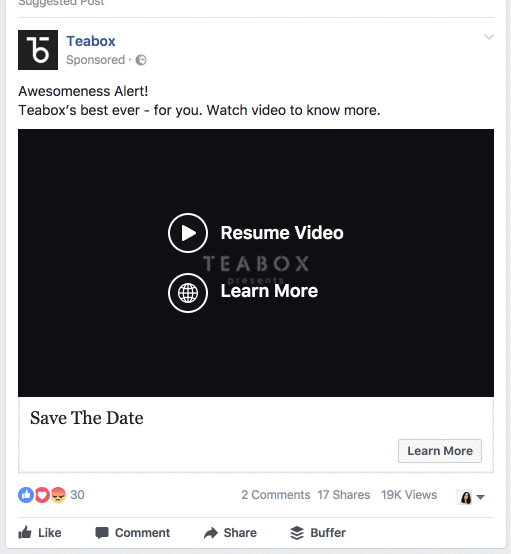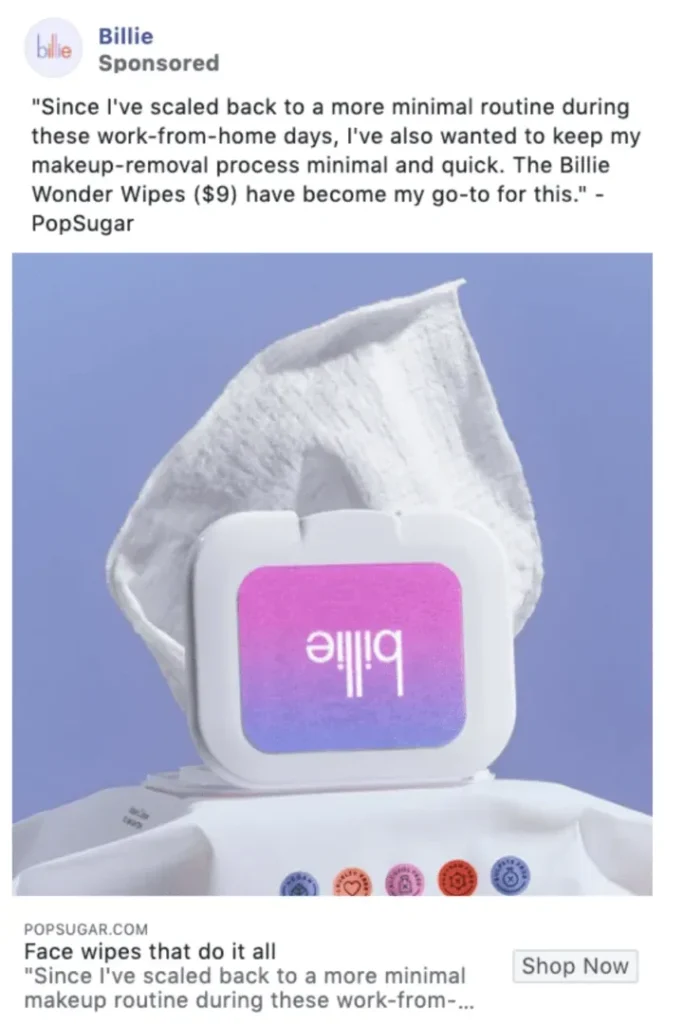Any marketer or media buyer who knows their stuff will tell you copywriting is vitally important.
But it can also be HARD—especially when “write compelling ad copy” is just one of a dozen urgent things on your to-do list.
If that sounds like a familiar struggle, this blog post is for you.
I’m going to share 5 copywriting formulas that I use ALL the time to help me write high-converting ad copy as quickly and consistently as possible.
And while I’m specifically talking about ad copy here, keep in mind that these formulas can be adapted for emails, sales page, and really anywhere you need to connect with your customers.
Disclaimer: no formula or template can ever produce awesome copy 100% of the time without some tweaking and editing from you. There’s way too much specificity that needs to go into good ad copy.
But these formulas work amazingly well as a starting-off point to get you headed in the right direction. And once you’ve gone through the formula, it’s often a simple task to just tweak the details to better fit with your product or service.
Now that we’ve got the disclaimer out of the way, let’s get to the copywriting formulas!
Copywriting Formula #1: Describe Your Customer’s PAIN and BENEFIT
Pain and benefit. These are two fundamental aspects of copywriting.
The “pain” refers to the problem that your product serves. For instance, if you sell aspirin, the pain might be literal pain—like a headache.
The “benefit” is the way in which your product or service improves the customer’s life in some way by solving that problem or eliminating that pain. In our aspirin example, it makes the headache go away.
Make sense?
Here’s an example I’ve used to illustrate this concept before:
Pain: your dog is out of control.
Benefit: learn how to teach your dog to calm down on command.
Here’s another ad that uses this formula:
 >
>
Pain: you’re losing customers.
Benefit: use OptinMonster and you’ll convert abandoning visitors into subscribers.
See how easy this can be?
Here’s one more:
In this case, they don’t share the benefit in the ad. But it’s the first thing you read in the headline of the landing page:
Pain and benefit work really well together to paint a before/after image that can deliver a nice, concise story about the value of your product.
Copywriting Formula #2: Describe How Your Customer Will FEEL
A lot of beginning copywriters resort to the standard formula of focusing on what the customer will HAVE after they buy your product. Maybe they’ll have a nice car or a beautiful lawn, for instance.
But you can often make your copy more powerful by taking that one step further and delving into their emotional state. Really think about how your product or service will make your customer FEEL, then write that into your ad copy. Maybe that nice car or beautiful law makes them feel proud, or successful, or elegant, for example.
Take a look at this ad for a vacation shirt by Chubbies:
Everything about this ad screams FUN—which exactly how you want to feel on vacation!
I love this one from Organifi:
Here they paint a picture of how it will feel to get compliments about how great you look—after using their product, of course. (This is also a clever way of getting around Facebook’s rules against using before-and-after pictures or guarantees for weight loss products.)
I always recommend throwing in an emotional ad to your mix, because there will always be a portion of every market that responds to more emotional messaging.
Copywriting Formula #3: Improve Your Customer’s AVERAGE DAY
The thing I love about this copywriting formula is that it forces you to get specific and make your benefits as concrete as possible, so that they feel real and immediate.
For example, “pain relief” is a benefit (as we learned in formula #1)…but it’s vague. Unspecific. Not especially compelling.
“Imagine being able to take your grandchildren to the park without being distracted by pain—you can put all your attention on their sweet faces and enjoy this time together.”
Now that’s a much more specific and compelling story. One that can really get your prospects to visualize themselves using your product and reaping its benefits in their day-to-day lives.
Here’s an example from Hired:
They could have just said, “Want a new job?”
But they didn’t. Instead, they spoke to the everyday feeling of watching the clock because you’re in an unsatisfying job.
It’s just a single detail, but it’s a telling one—one that speaks to their avatar.
This Lyft ad uses copy in a GIF to describe a common daily event for millions of people:
I love that detail about driving a figure-8 around the parking lot and questioning all your life decisions—it does a great job of capturing the frustration you get when you can’t find a parking spot. Makes that Lyft ride seem a lot nicer by comparison, doesn’t it?
And speaking of comparisons…
Copywriting Formula #4: Make a COMPARISON
Sometimes, the easiest way to explain your product is to compare it to something else that your target customers are already familiar with.
For instance: “It’s like AirBnB, but for dogs.” That’s a comparison that will tell people what your service does much faster than trying to explain it.
In this example, Home Chef uses creative imaging to compare the number of meal options they offer compared to their competitors:
If you’ve tried Blue Apron or HelloFresh before, but not Home Chef, well—wouldn’t this ad make you intrigued to check them out?
Here’s another from Heap Analytics:
In this ad, they describe Heap as a more modern version of Google Analytics—a message that will instantly make sense and resonate with their target market. Great example of an ad that explains a product by comparing it favorably to a more commonly used tool.
Copywriting Formula #5: Tell Your Customer A STORY
This is another copywriting formula I use all the time. Because guess what, guys?
Stories are powerful.
Stories are compelling.
People love hearing stories, and we never get tired of them. (Just ask Netflix.)
And if you can communicate the benefits of your product or service through a story, that’s often an incredibly powerful way to grab your prospect’s attention and get them interested.
Here’s another ad from Organifi. In this one, they share the personal story of how their product changed one customer’s life:
Ads like these can be very powerful because they provide social proof and authenticity…especially when they combine text and video, like this one does.
You can get creative with this! There are lots of ways to tell stories in your ads.
Here, MindTitan uses the carousel to tell a sort of story about how you can use AI to grow your business:
Ads like this are great for engagement, since they encourage people to scroll through the different cards to see the end.
In this ad, Teabox tells a story through video:
And of course, you can simply tell a story in the primary text of your ad. This is definitely the easiest way to get started and get proof of concept that the story resonates with your audience.
Here’s an example from Billie:
I often include some story ads with my campaigns because, similar to copywriting hook #2, there’s usually a segment of every market that loves consuming stories.
Use These Copywriting Formulas to Get Started
The thing I love about formulas like these is that they take something that can seem difficult and confusing to a lot of people (copywriting), and they simplify it by getting you to focus on just one specific aspect of your product.
So what should you do now?
By all means, if one of these formulas jumps out at you, use it! That’s probably a sign that it’s a good fit for you.
But don’t stop there.
Remember that different types of people will respond to different types of ads. Using a variety of angles and hooks will help your ads appeal to more people, which will make it easier to scale your campaigns up and grow your business.

